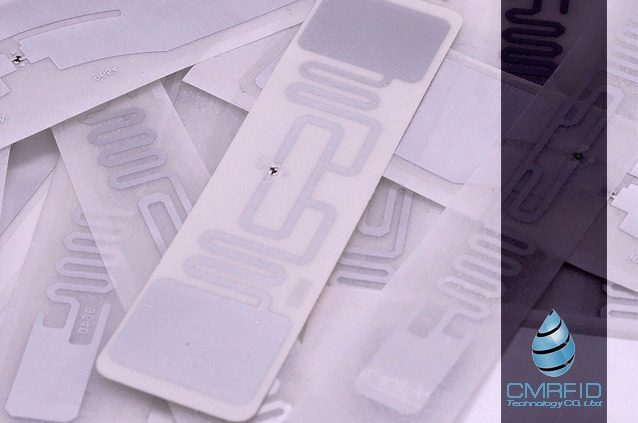Ultra-High Frequency (UHF)
Ultra-High Frequency (UHF) RFID offers both near-field and far-field read ranges. Near- field RFID operates similarly to HF RFID, where the antennas generate a magnetic field. Since the tag is closer to the antenna, near-field UHF has a narrower field of view and a shorter read range (comparable to HF RFID). What is more, near-field UHF features an antenna that reduces magnetic shielding, enabling it to block visibility of other tags in close proximity.
Far-field UHF uses electromagnetic waves propagating between reader and tag antennas, delivering a wider field along with an increased possibility for interference. While able to accommodate high speeds and longer read distances, far-field UHF technology technologies is more complex and performance of RFID system gradually degrades because of its absorption, refraction and reflection properties.
Using radio waves to communicate between the read/write head and the tag, UHF RFID can accommodate long-range application requirements, as the electric field features strength that extends much further than possible with high-frequency options. Capable of communicating over several meters with an operating frequency between 860 and 960 mhz in the far-field, UHF RFID can solve fast-paced, complex applications that require multiple tags to be read simultaneously handling as many as 200 tags at a time.
The size and shape of air interface is highly influenced by the surrounding environment. UHF systems that use propagation coupling are harder to control because energy is sent over long distances. Further, with UHF, the field distribution tends to be in- homogeneous, resulting in blind spots, communication gaps and even overshoot areas, making the systems more susceptible to performance malfunction from surrounding environmental elements. UHF RFID is vulnerable to interference from both metal and liquids. When considering UHF technologies for industrial applications, environmental conditions need to be tested and proven as many times the bounce of the waves leaves large holes.
UHF RFID systems do offer multiple capabilities over high-frequency options, but they also have several limitations that may impact their ability to deliver the necessary performance capacity for industrial applications. For instance, UHF tags have lower memory capacity, only carrying between 24 to 110 bytes of data. UHF RFID is also more susceptible to the presence of various dielectric and conducting objects in the tag vicinity.









Leave a Reply
Want to join the discussion?Feel free to contribute!